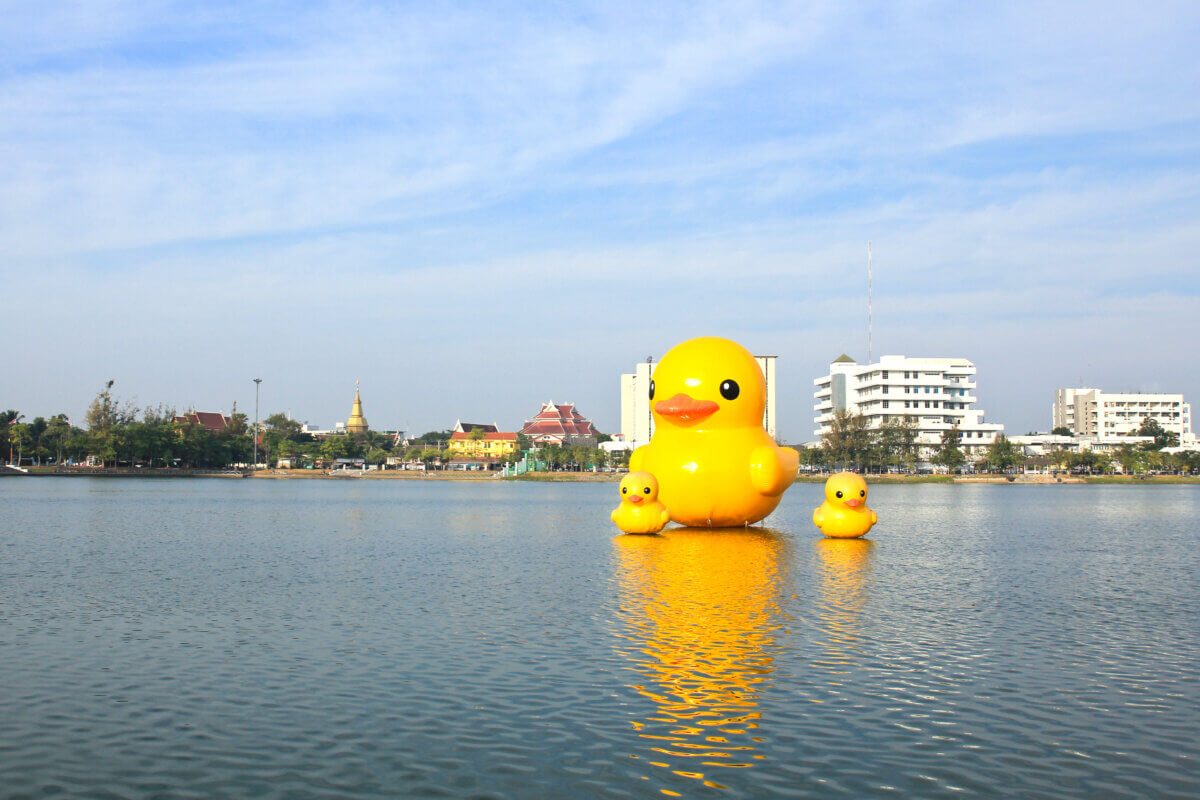With summer arriving and everyone spending more time outside, it is more important than ever for parents to protect their children from sunburns. In most people’s lifetimes, the majority of sun exposure occurs during the first 18 years – and this exposure has a cumulative effect.
The more the skin is damaged by the sun, the greater the risk of developing skin cancers later in life. Even one blistering sunburn can increase the risk of future skin cancer, which makes protecting our children’s skin at a young age even more important. The following tips can help children safely enjoy outdoor activities this summer:
• Children should try to avoid sun exposure when the sun’s rays are most intense— between 10 am and 3 pm. During those times, kids should play indoors; if they do go outside, they should play in well-shaded areas. It’s also important to remember that the sun’s rays can still cause sunburns even on overcast or cloudy days.
• Every morning, apply a broad-spectrum UVA and UVB sunscreen with a SPF of at least 15. Sunscreen should be applied about 30 minutes before sun exposure. Sunscreen should also be applied even on cloudy days. Waterproof sunscreen should be used when children are playing sports or swimming. Sunscreen should be reapplied every two hours or after swimming or sweating.
• Dress children in protective clothing such as tightly woven, light-colored, long-sleeved shirts and long pants whenever possible. Shirts that block out a significant amount of harmful ultraviolet rays can also be worn while swimming. To protect the eyes and eyelids, encourage your children to wear hats and sunglasses that block ultraviolet rays.
• Sunscreen should be applied beginning at six months of age. Infants under six months of age should be covered by protective clothing and should not have direct sun exposure. If there is the possibility of an infant being in a situation where prolonged sun exposure will occur, then sunscreen should be used to prevent the possibility of burning.
• If your child does get a sunburn, keep the child out of the sun until the sunburn is healed. Cool, wet compresses can help soothe the burn. Acetaminophen or ibuprofen can be given for discomfort. If the sunburn is severe or blisters develop, call your pediatrician.
Leonard Kristal, MD, is a pediatric dermatologist based in Lake Success, NY, and is affiliated with Schneider Children’s Hospital.
Watch for Moles
Many children develop moles, also known as nevi or beauty marks. These can develop as children grow older. Fortunately, skin cancers, including melanoma, are very rare in children. A child should be seen by a dermatologist if any of the following are noted:
• A mole that looks different than the other moles on the body.
• A mole that is changing.
• A mole that bleeds or itches.
• Children with a large number of moles, especially those with a family history of dysplastic moles, should also be seen by a dermatologist.
—Kristal





















